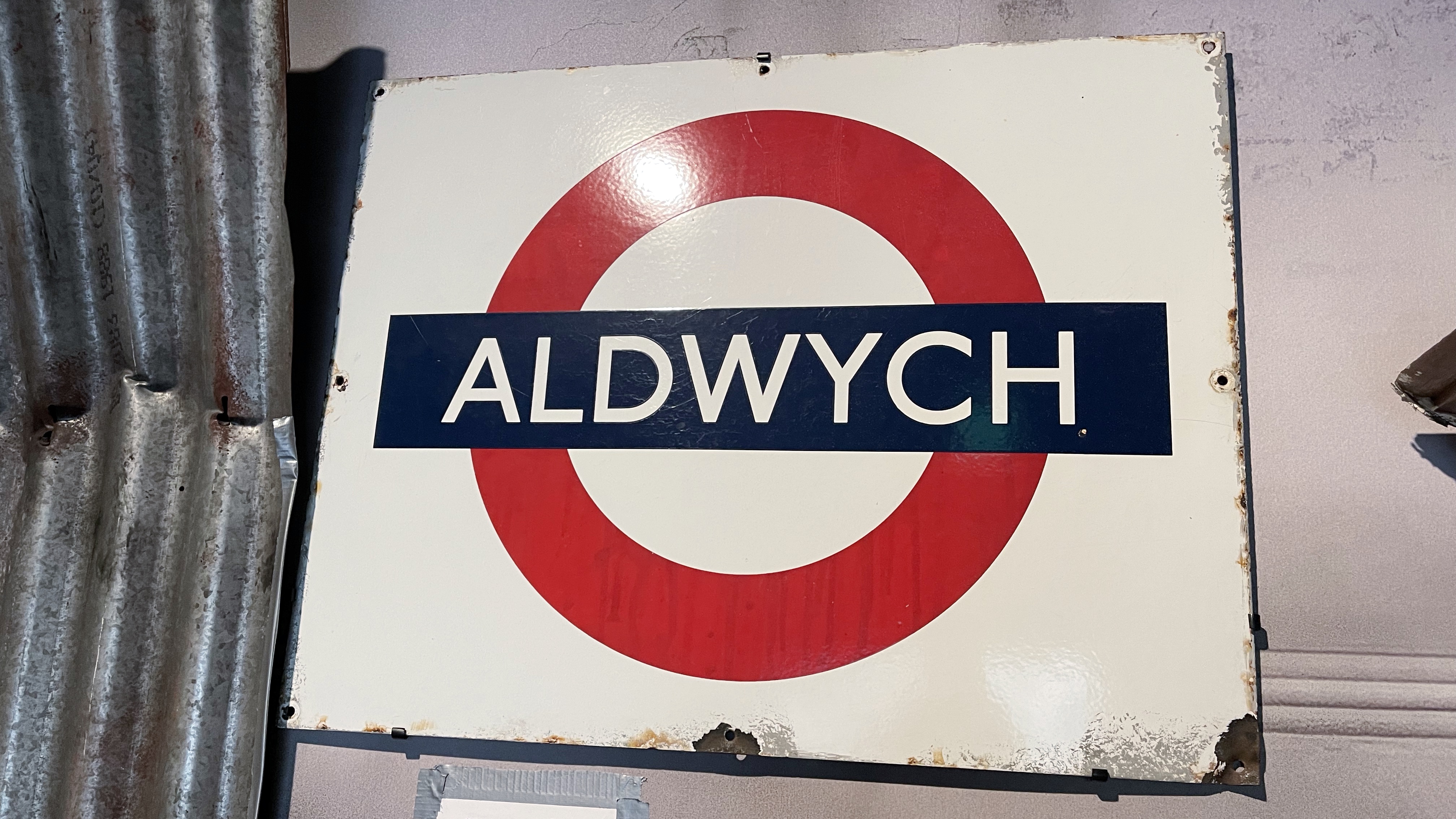
This post is really just an excuse to share some photos, mainly from my visit home to London last year but also some other photos I dug up which are relevant to the topics discussed in this article.
Back last year in the midst of the great British heatwave, I made a visit to another favourite day out of my childhood: The London Transport Museum.
In 2020 it was in the top 20 visited museums in London, and a tribute to the history of London’s world-famous transportation network. It’s a very hands-on and interactive museum and makes a great outing for children and adults alike. And scratch beneath the surface and there’s a depth to delight anyone with an interest in London’s history.
The museum has many vehicles to look at, although with space being limited at Covent Garden a majority of the collection resides in the museum’s depot at Acton Town.
That said, the pride of the collection resides here at the main space in Covent Garden, and nearly 400,000 people a year cross its threshold to see it.
The main reason I was visiting was to see the Hidden London exhibition, and more on that a bit later. First of all…
To the Trains!
If there’s one well know fact about The Tube, it’s it started with the world’s first underground passenger railway, the Metropolitan Railway, which ran between Paddington and The City of London.
The railway continues to exist today as part of the Tube’s Metropolitan Line, which runs from Aldgate and well beyond London into Buckinghamshire. This makes it one of the Tube’s most unique lines.
The museum has preserved some vehicles from the early days of the Metropolitan Railway, which would have run steam trains before being electrified.
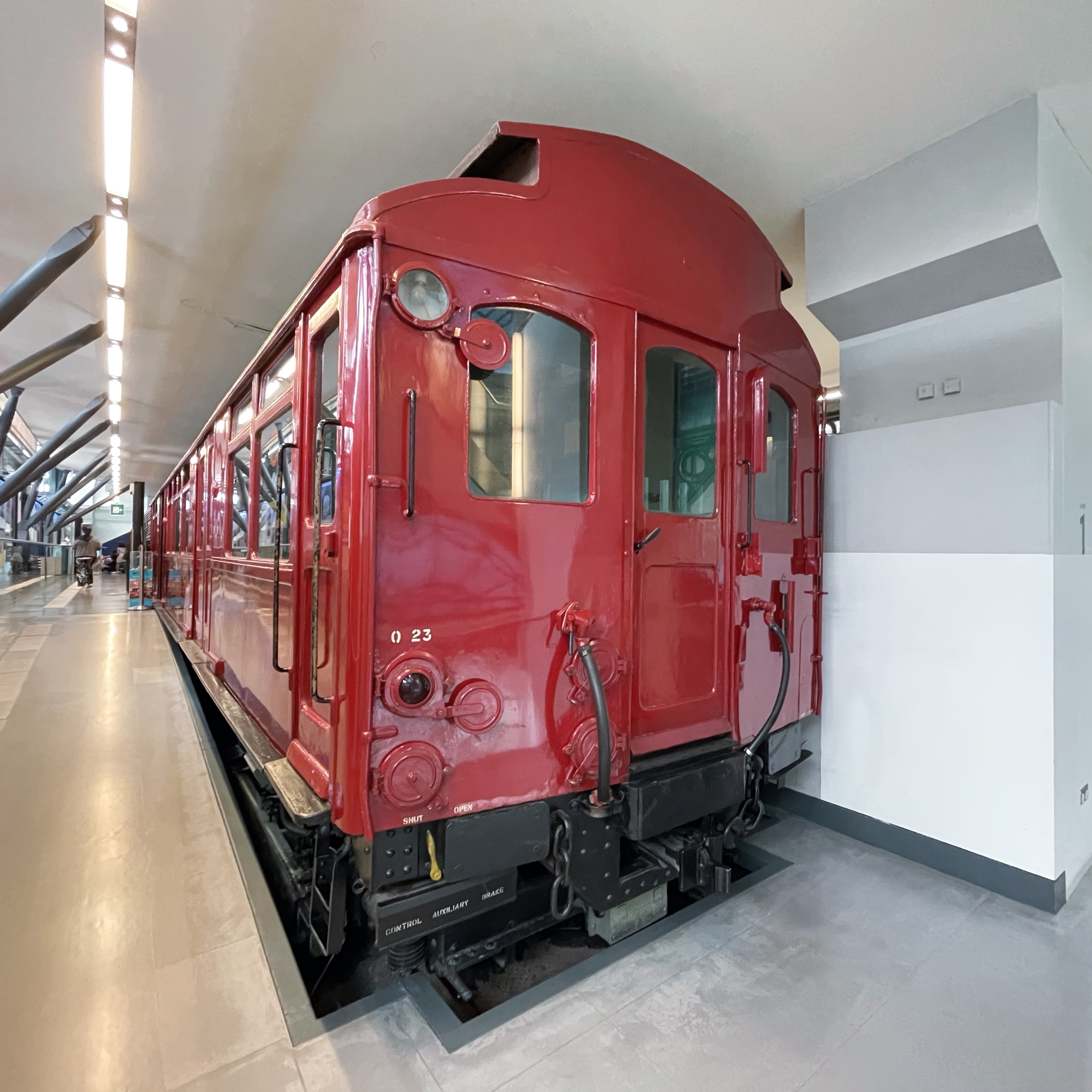
This driving car belongs to a vehicle dating from 1923
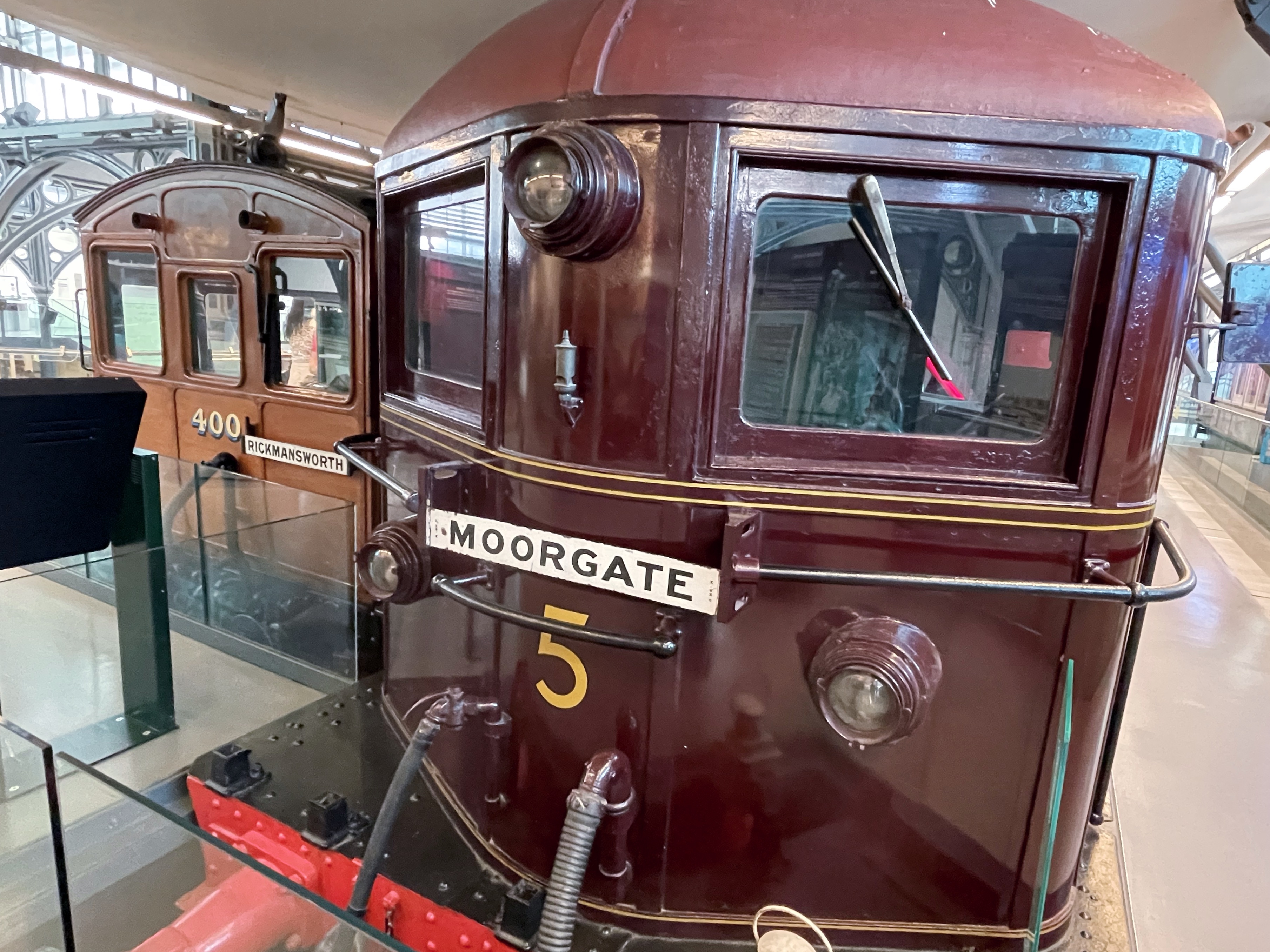
In the foreground, a 1922 locomotive which would have run on the Metropolitan line. To its left, a coach dating from the early 1900s which would have also run on the same line.

The museum is also home to a preserved 1938 stock driving car. This one would have run on the Northern Line, but its brethren would have served several of the other deep level Tube lines.
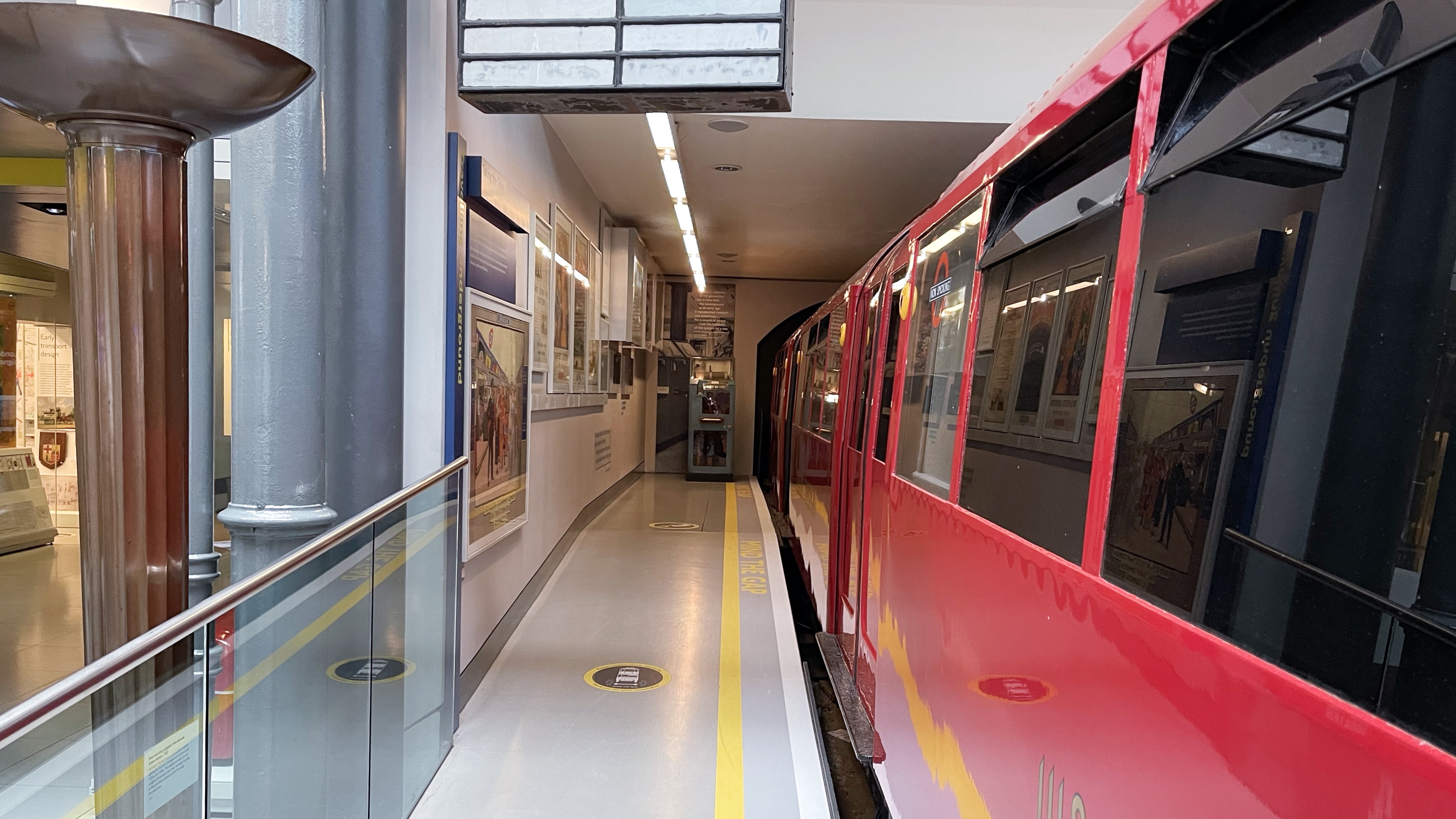
Of course, I have a soft-spot for the Northern Line as it serves Finchley, the area I grew up in. I never would have gotten to ride in this particular vintage, as by the time I’d come into the world they’d long been superseded by newer models developed the late 50’s.

Even though these trains were retired before my time, I remember on the Northern line they had restored one train to the same livery and decor of the 1938 stock. And it’s also not 100% true to say I’ve never travelled on them; They were until recently in service on the Isle of Wight.

This map of the Northern Line remains largely the same as today, the only difference being the removal of the Northern City line between Moorgate and Finsbury Park, which is now part of the national rail network. Had the Northern Heights project succeeded this line would have continued to East Finchley where it would have joined the current-day Northern line.
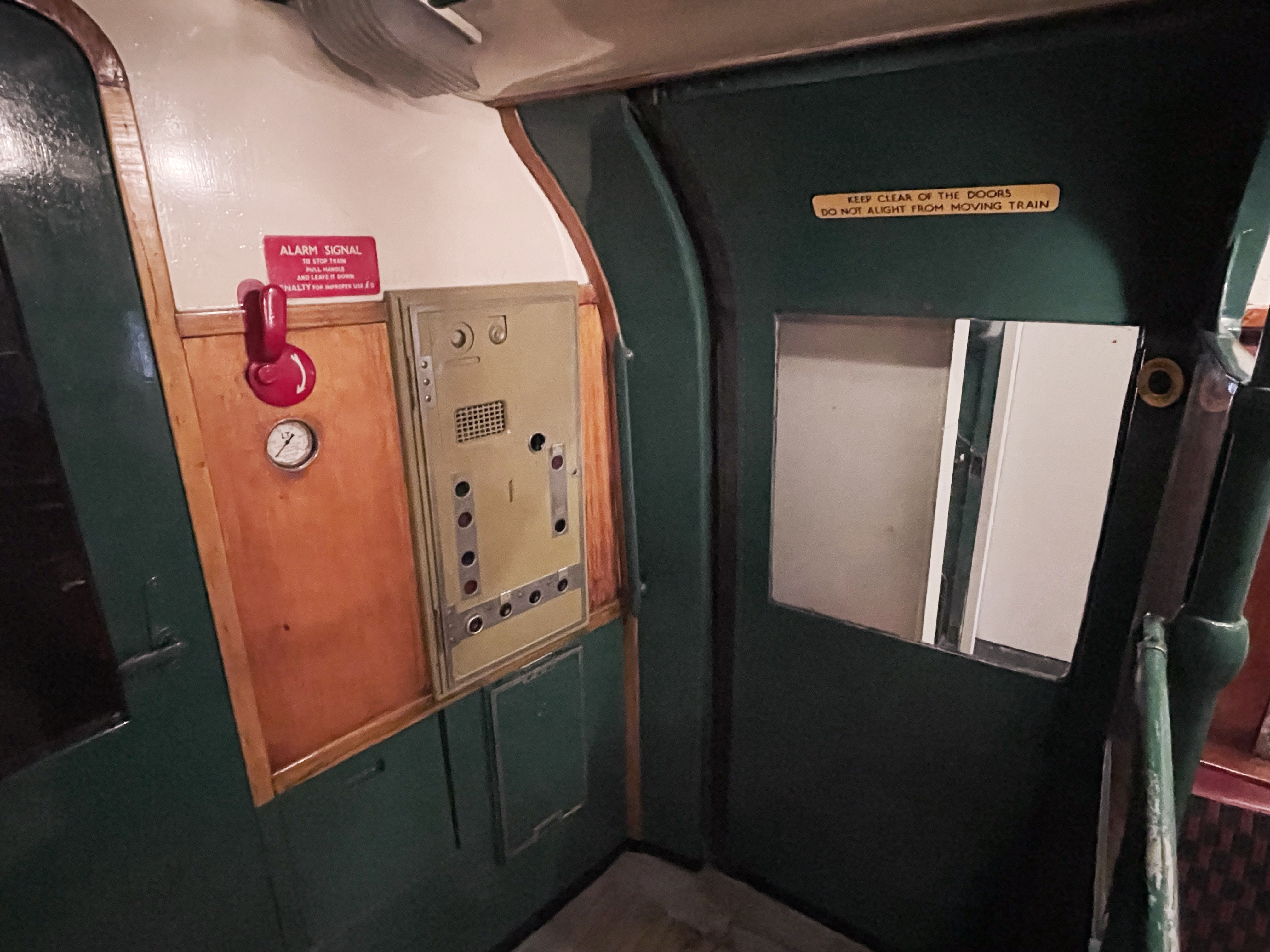
Back in the day, a guard would have stood in the rear carriage to open and close the doors using this panel as well as keep an eye on passenger safety.
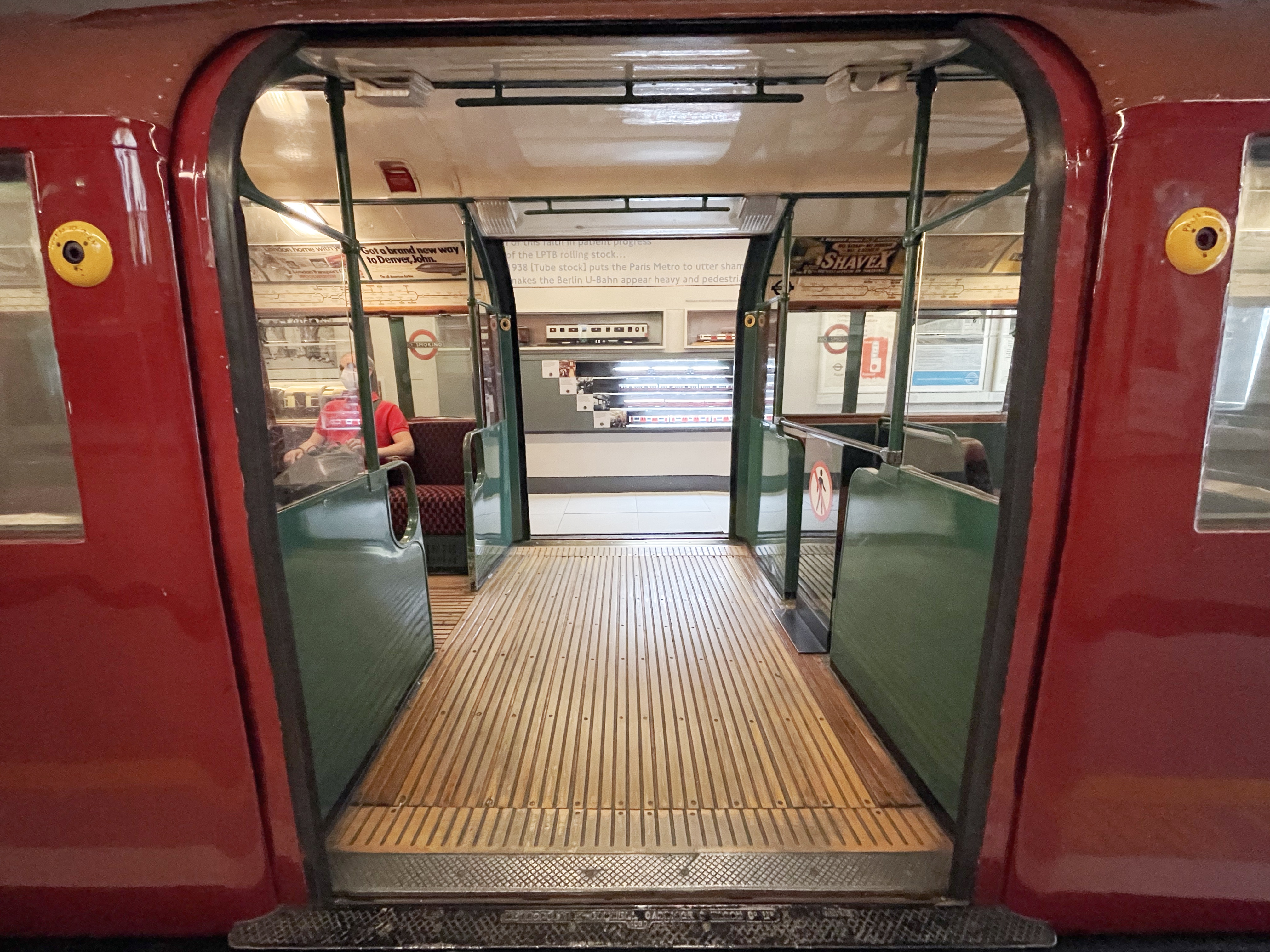
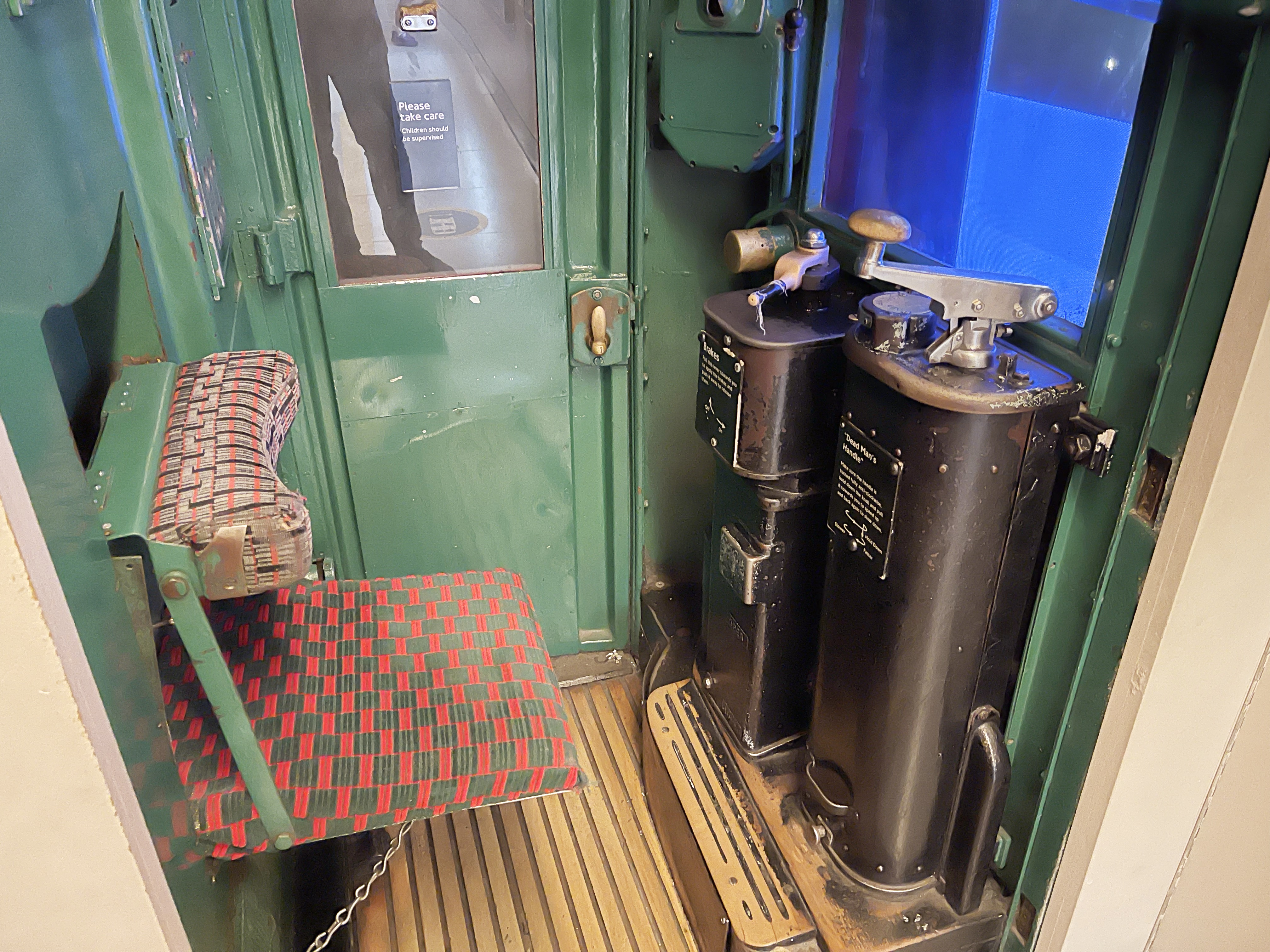

I think all good rail museums should have at least one train simulator and this one gives you a real experience including the so-called “dead man’s handle”.
Other Bric-a-brac
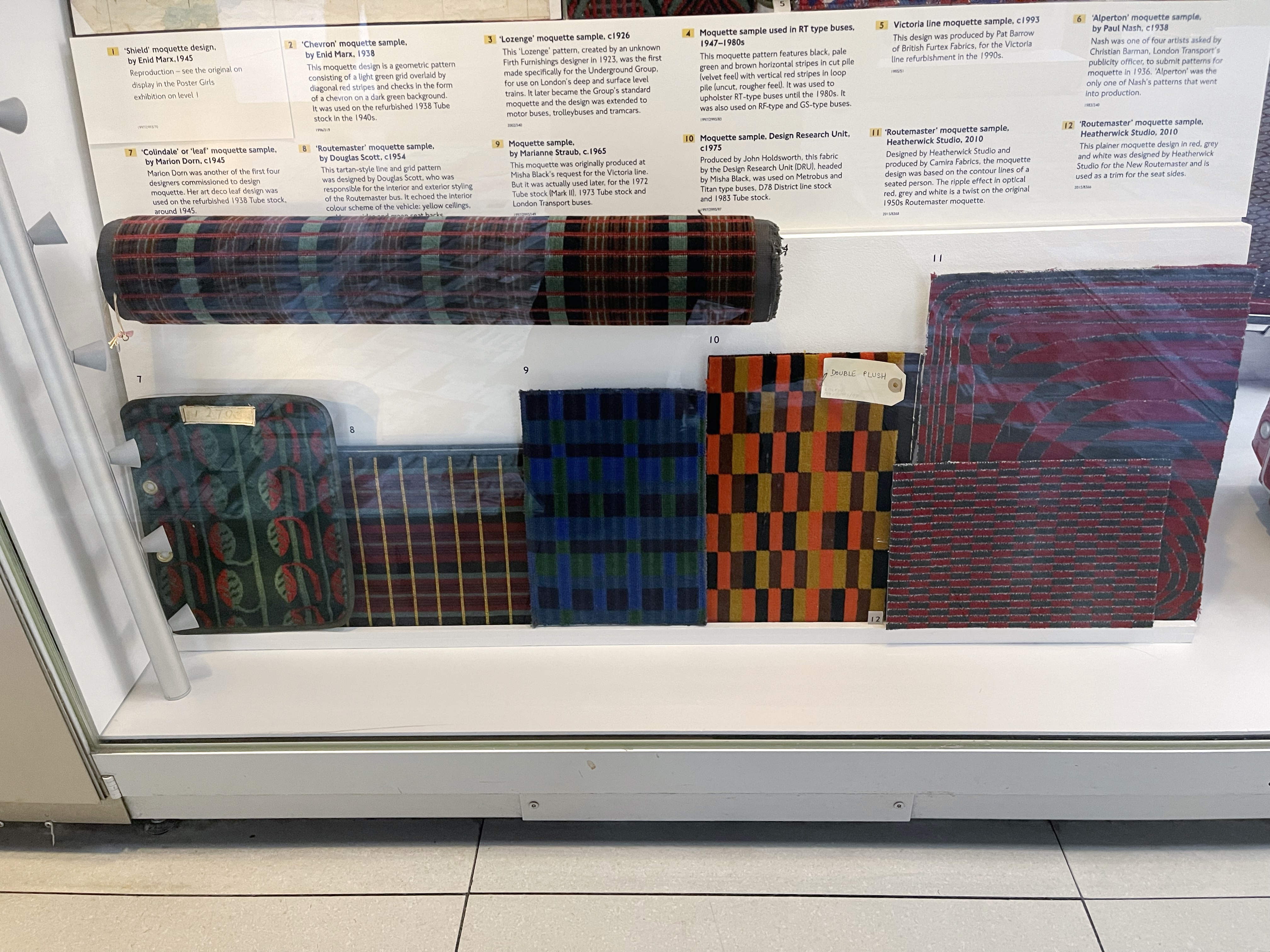
London is one of the more unique transit systems for covering the seats of its trains and buses with moquette. Each pattern is associated with a particular line or rolling stock, and many Londoners will experience a small moment of nostalgia when seeing some preserved moquette associated with their local Tube line or bus route growing up.
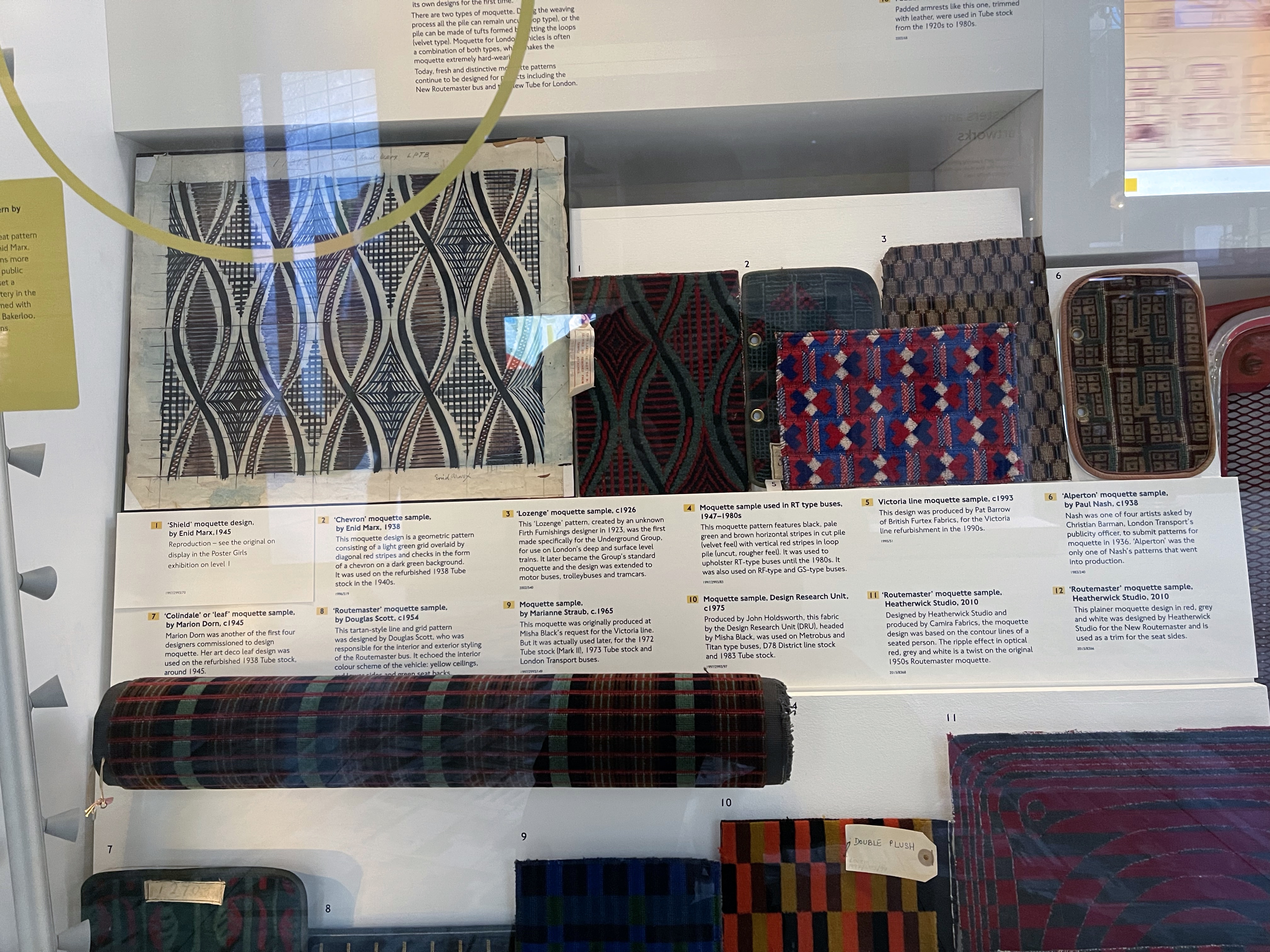
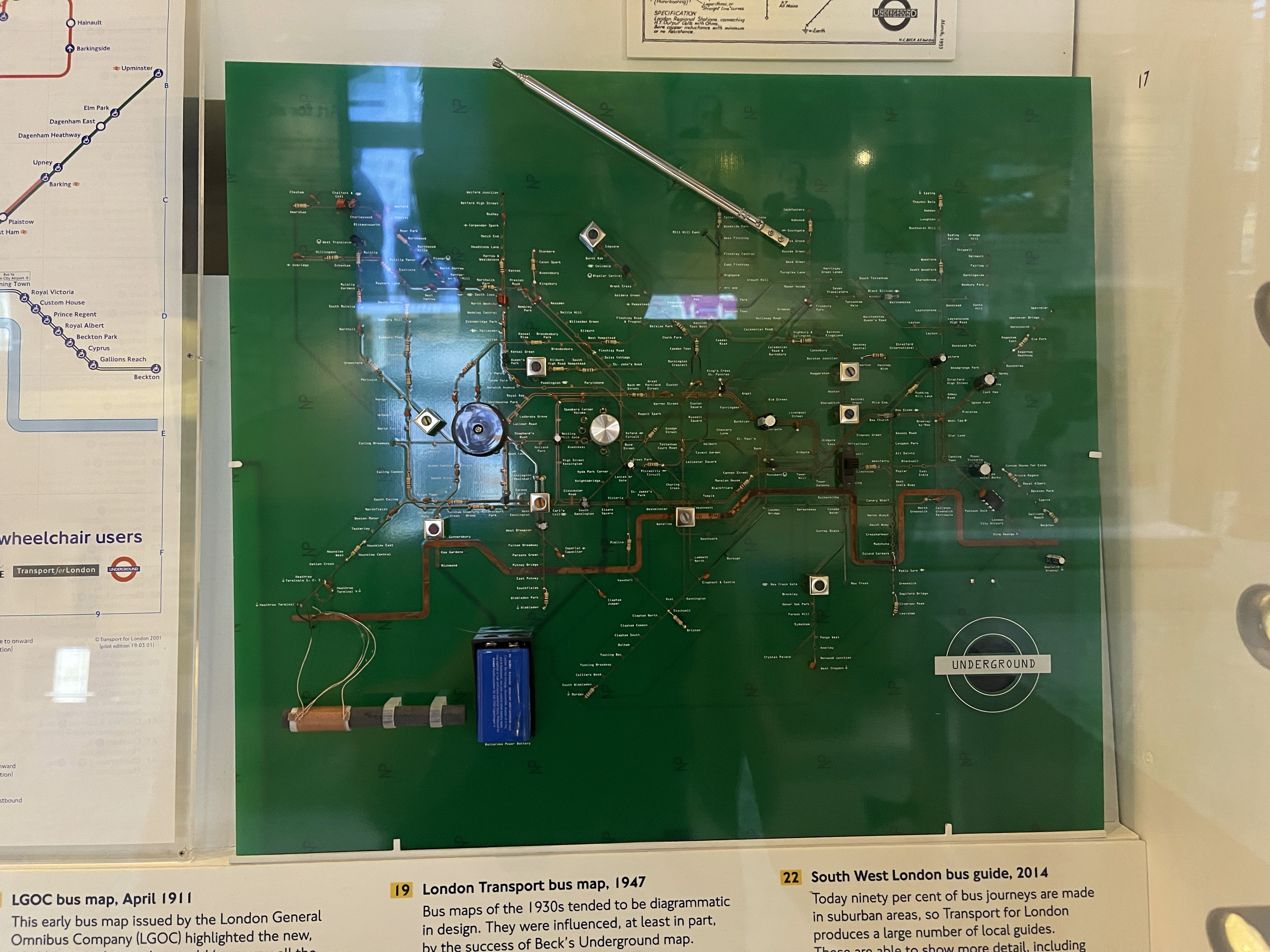

Retired Routemasters can be seen today in all corners of the world, and we’ll come back to that later.
These buses were ubiquitous in their era, noted for the presence of a conductor who would come to your seat so you could buy your ticket and the open back entrance which would make it easy to hop on or off when the bus was stopped in traffic. As you can imagine, this posed a health and safety nightmare and the buses were soon retired in favour of models with doors.
Hidden London
It was the Hidden London exhibition I really wanted to see, an immersive recreation of abandoned tube stations and wartime bomb shelters replete with displays and memorabilia which will delight any tube fan or armchair urbexer.
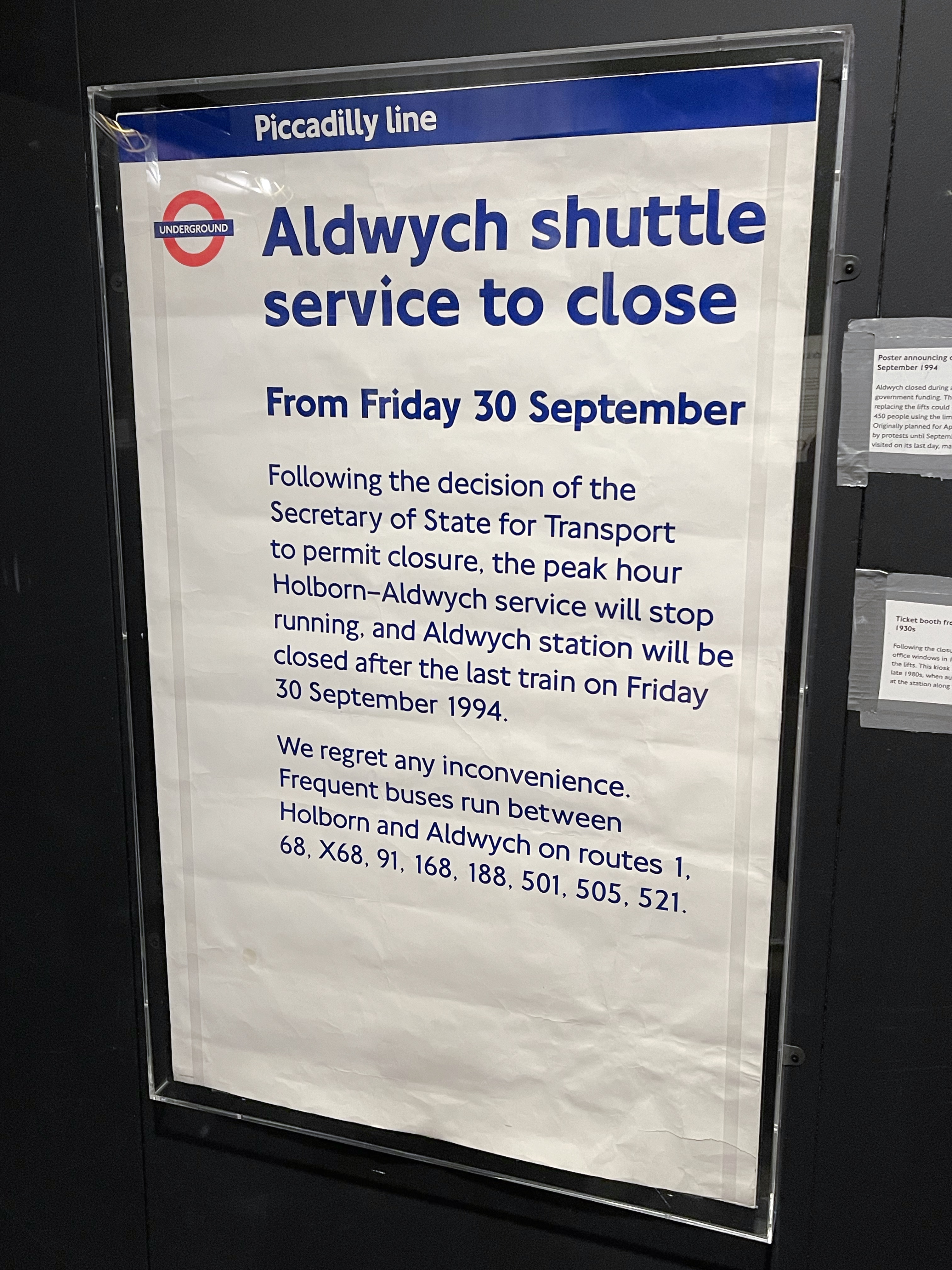
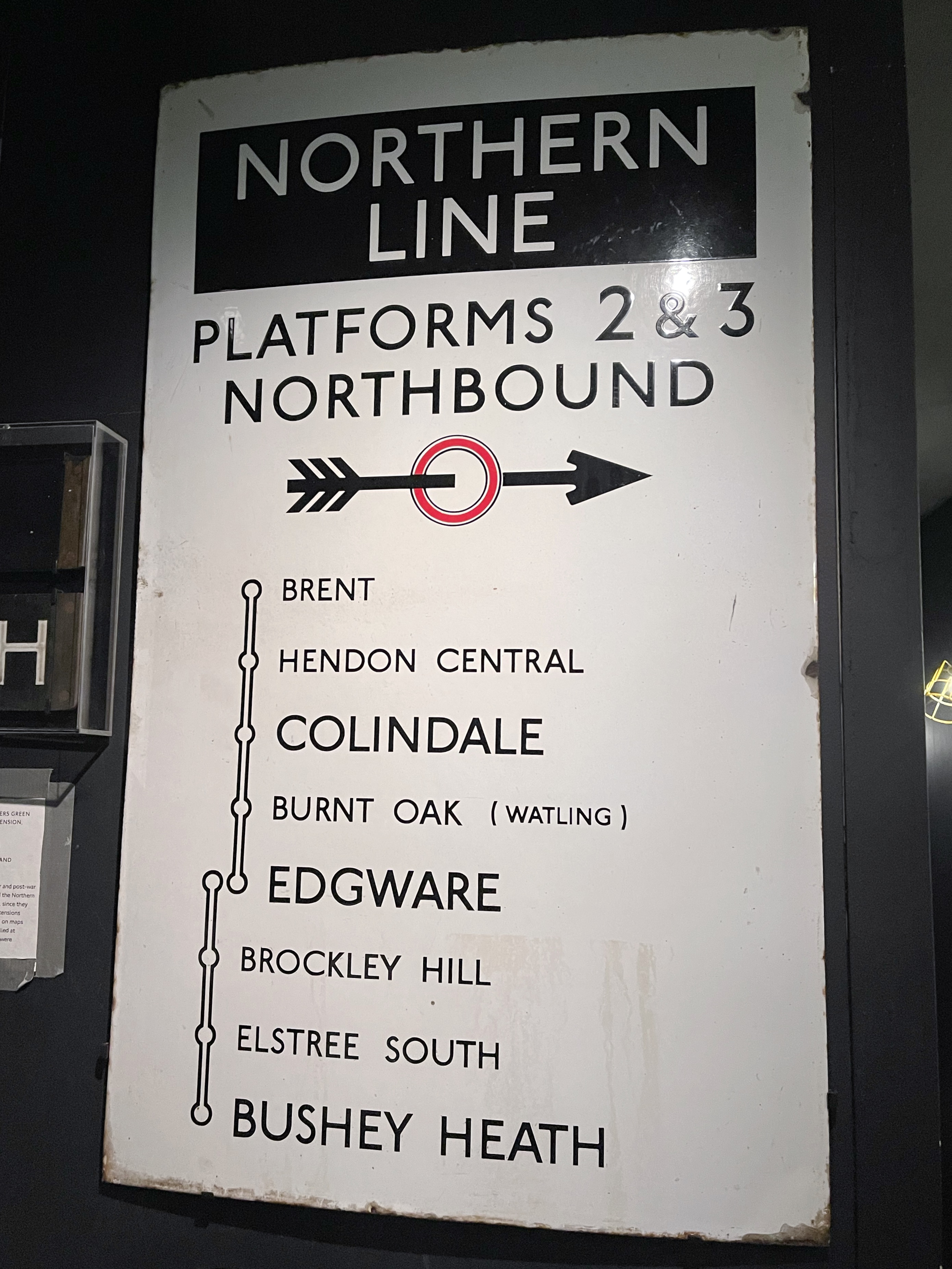
The “Northern Heights” project, had it succeeded, would have added a huge amount of additional tube lines to my part of North London, turning the two distinct branches of the Northern Line into a comprehensive network in its own right.
This line map – which I assume would have lived at Golders Green station – shows the existing line up to Edgware (albeit with Brent Cross station showing its original name of “Brent” and Burnt Oak with a suffix of “Watling”, which was likely a reference to nearby Edgware Road which in Roman times was known as Watling Street)
The stations North of Edgware were never built due to the intervention of World War 2 and the subsequent establishment of the green belt around London.
At Edgware, the line from Bushey Heath would have branched off towards Mill Hill East and joined the other branch of the Northern Line at Finchley Central.
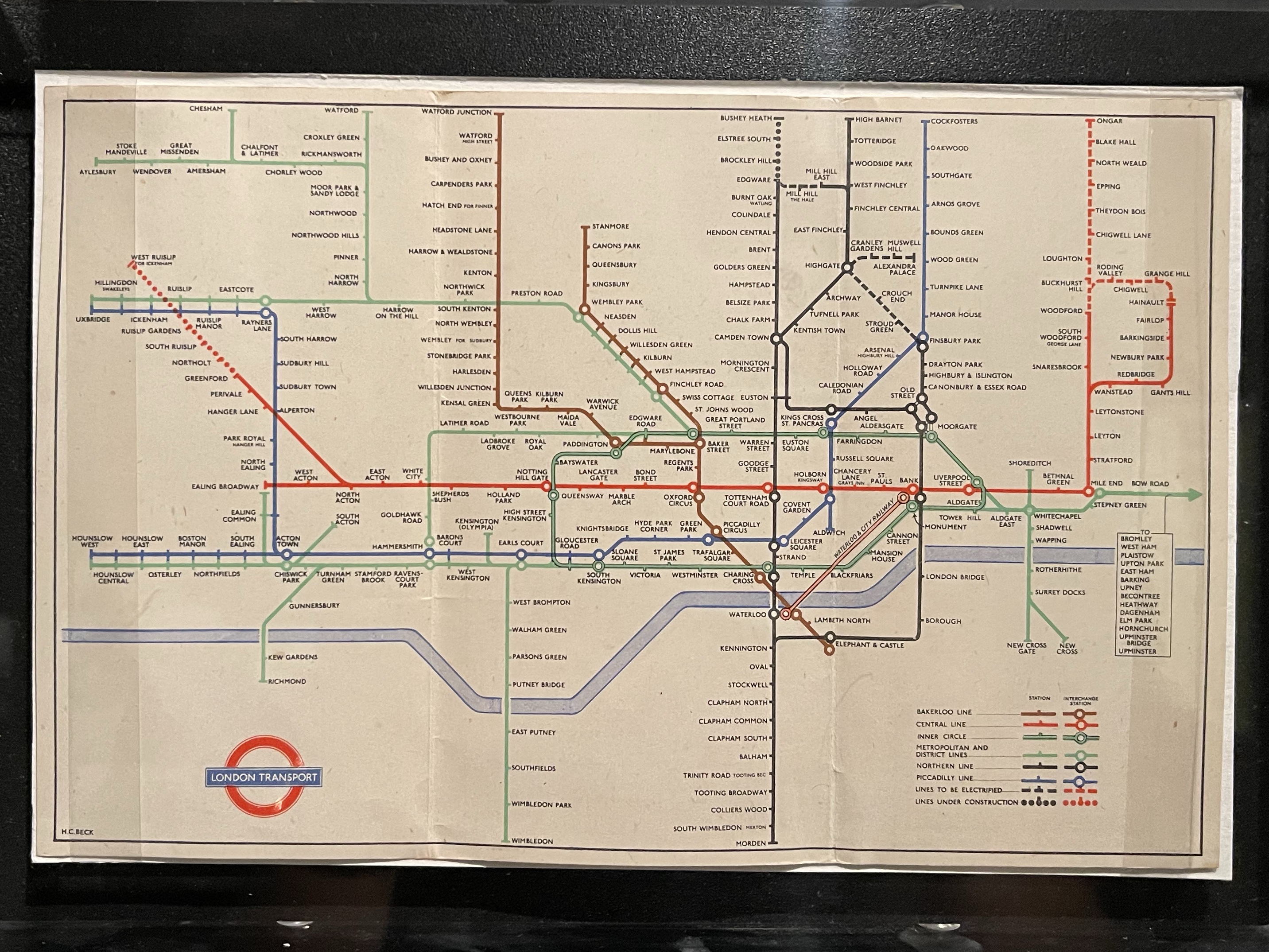
How this all would of looked is much easier to visualise on a map. The Northern Line in black, the solid lines shows parts of the network which still exist today and the dashed sections show sections which either existed and were planned to be adopted into the Northern Line, or parts which were planned but never built.
I was always sad this ambitious project never came to fruition, but in a way it’s probably for the best that a green belt around London was established. Living in Montreal there is no green belt and the result is endless urban sprawl. Believe me, it’s not pretty.
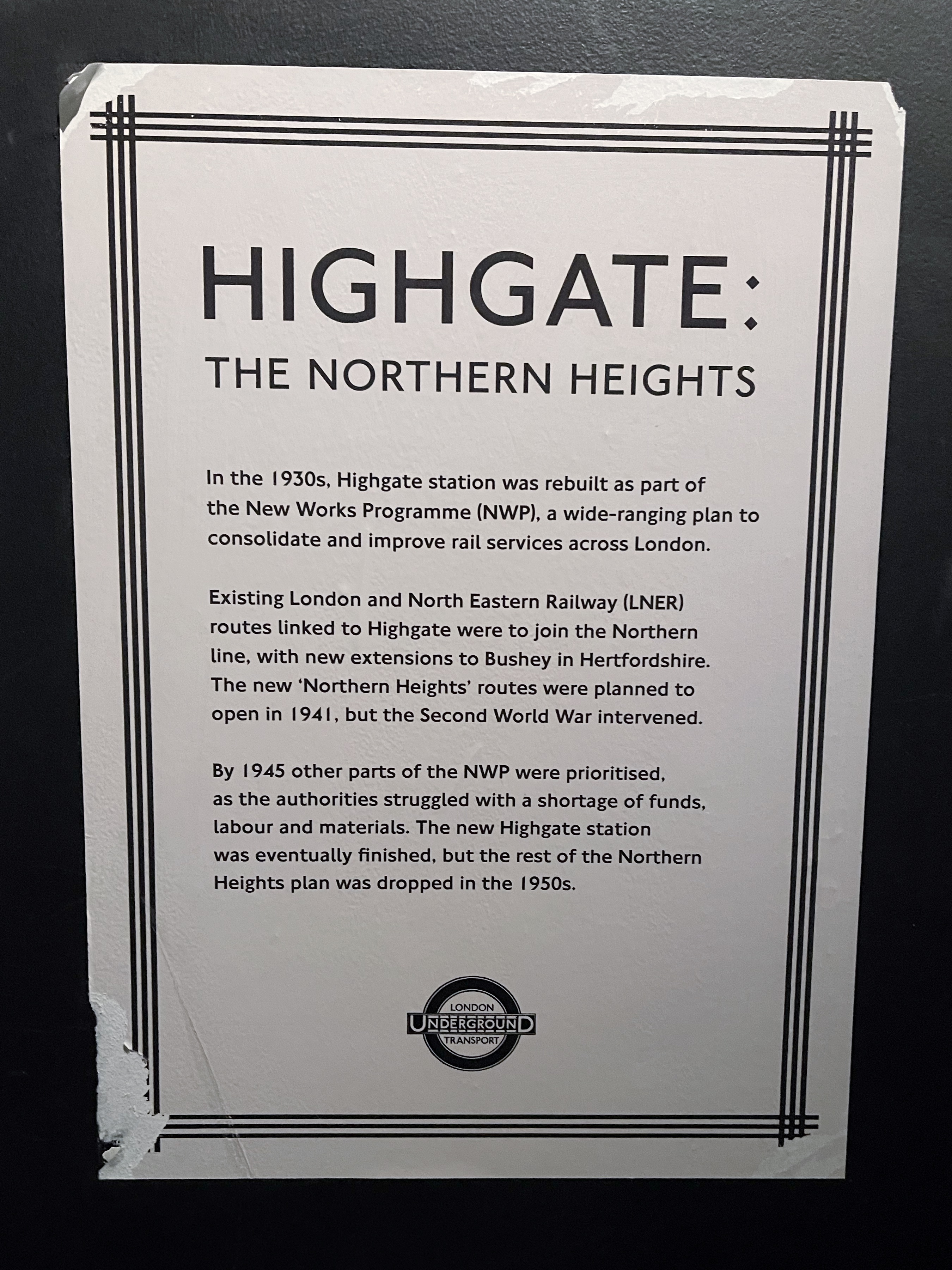
The Northern Line, which only reached as far north as the present day Archway station, was extended to a new deep level station at Highgate and then onwards to emerge at East Finchley to join the existing line. If you’ve ever travelled through East Finchley station and wondered why there were four tracks instead of two, this is why.
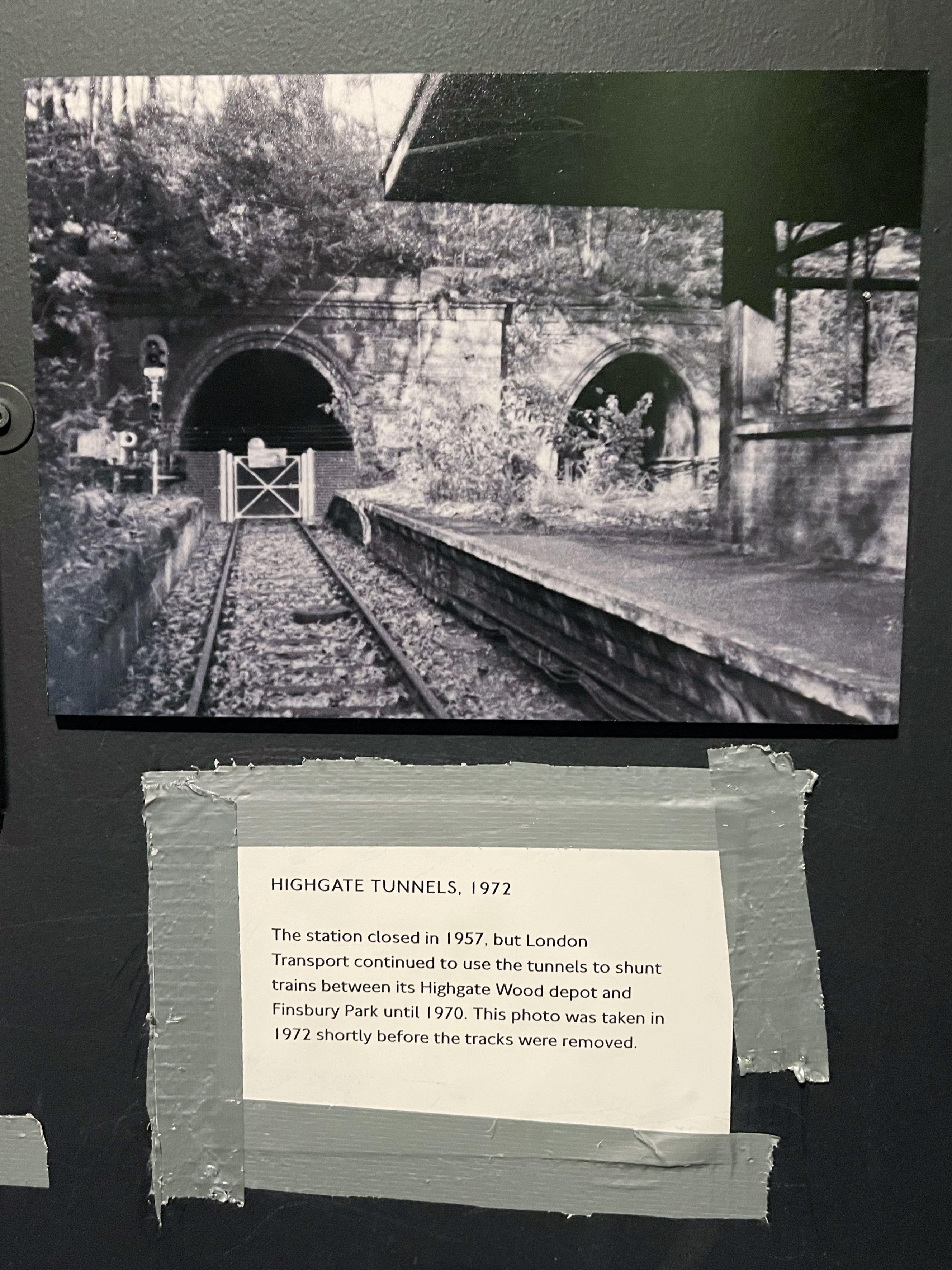
Highgate high level station just after closure, with the tunnels sealed off. As a regular user of the Northern Line since childhood, I always used to wonder where the two middle tracks at East Finchley led. The answer was they paralleled the underground line, through these tunnels and into Highgate station. From there, another set of tunnels took them down towards Finsbury Park. The alignment between Highgate and Finsbury Park is preserved today as part of the Parkland Walk.

The Central Line, currently extending in the east to Epping, used to continue to Ongar deep in Essex. This line was poorly used and behaved more like a rural branch line than part of London’s busy tube network. It was closed in 1994, although all distances on the network are still measured from this point.
Following closure, and despite a number of false starts, the line from Epping to Ongar is now a popular heritage railway through beautiful rural Essex, and I wonder if it now receives more passengers than it did in its last days as part of the Central Line!
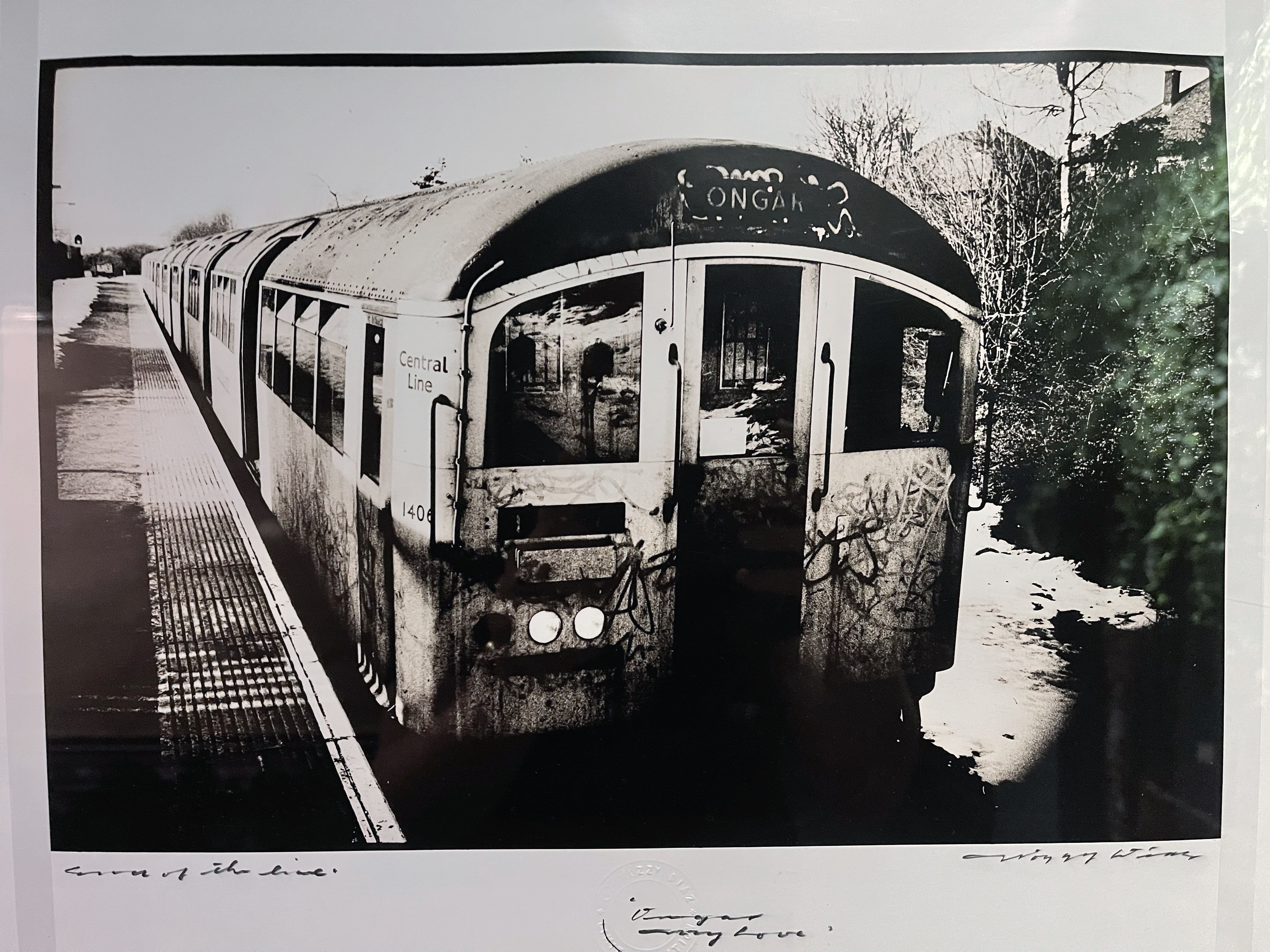
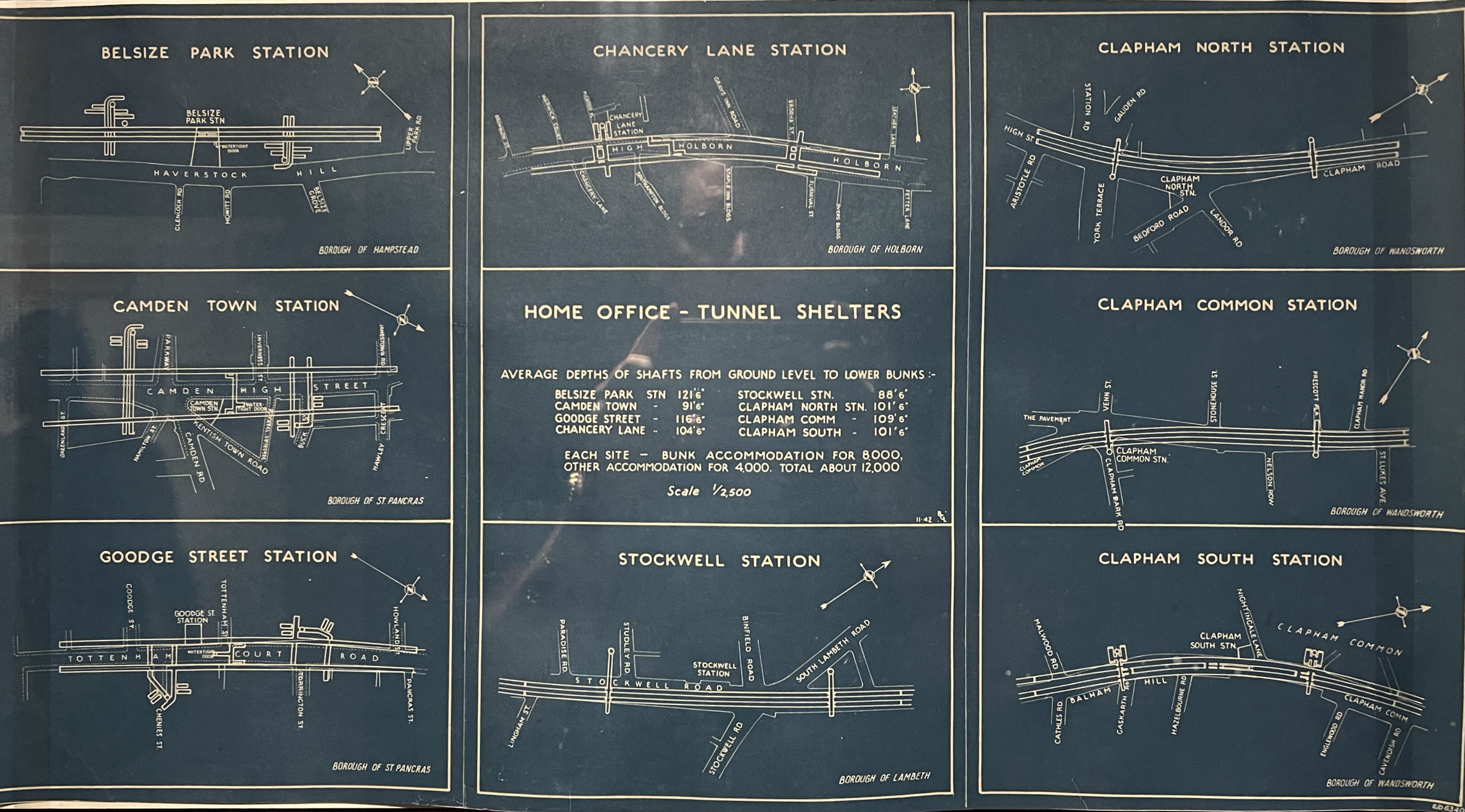
The team putting together this exhibition also provide tours of disused Tube stations. If you’re not in London, they also have an incredible YouTube channel called Hidden London Hangouts where they visit not only disused stations, but go into hidden areas of active Tube stations.
Bonus Content
I’m going to return to some of the topics touched on earlier with some of my own photos I had lying around. Hopefully they’ll provide some additional context.
The Highgate Tunnels
Long long ago, before the Highgate tunnels were closed off as a protected reserve for bats (yes, as a literal bat cave!) it was actually possible to go inside and indulge in some urbex, provided someone had left the gate open. I took these photos many years ago, and it’s hard to imagine trains used to run through these on a completely different alignment of today’s Northern Line. Inside the tunnels you could hear the rumble of the deep level Northern Line trains below.
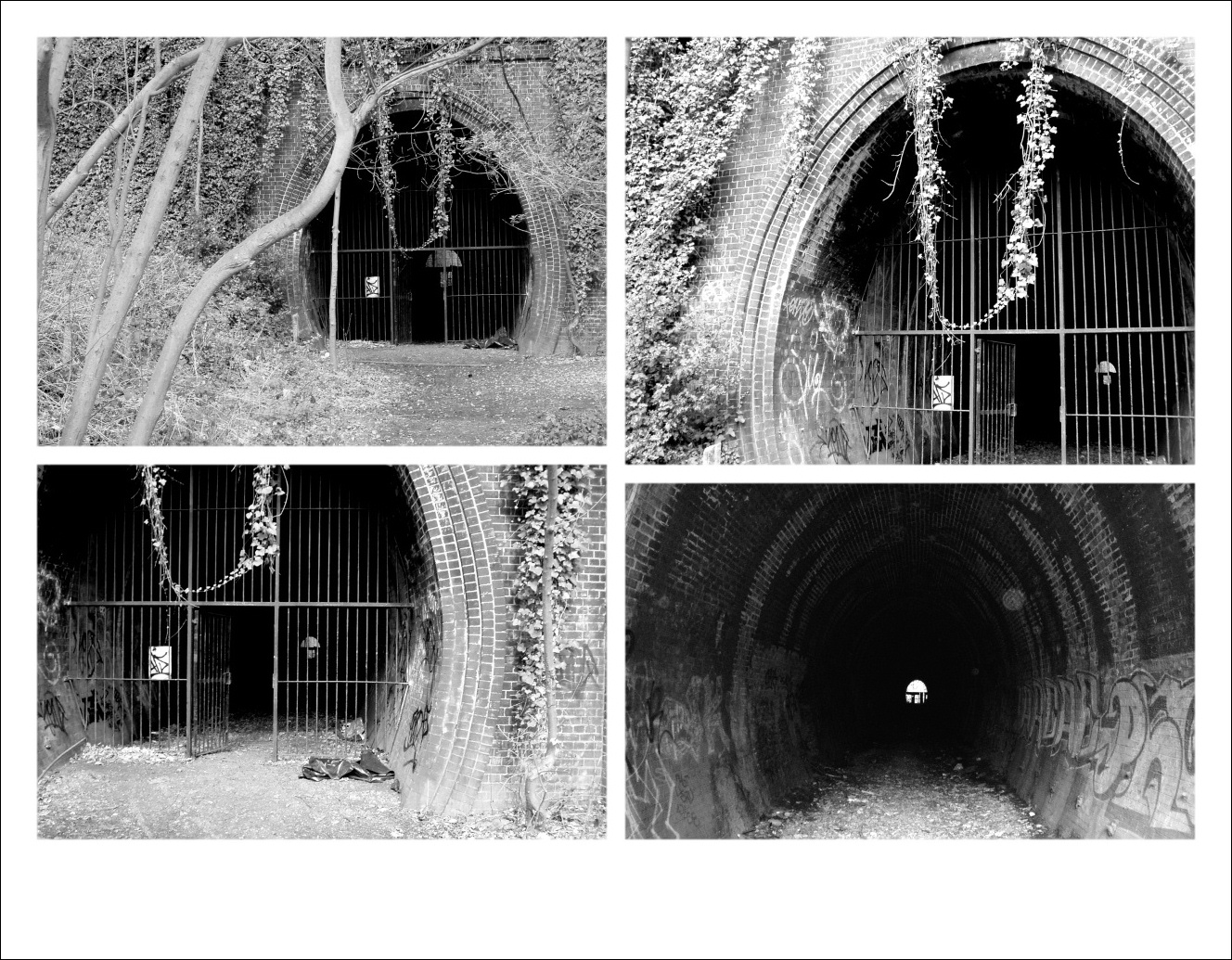
The 1938 Stock on the Isle of Wight
The 1938 stock which used to plough its trade on the Tube had ended up on the Isle of Wight Railway by 1992 where they survived up until 2021. The would have made these trains 83 years old by the time they retired, and as you can imagine they weren’t in the greatest condition.
Here are some photos from when I last paid a visit to the Isle of Wight.
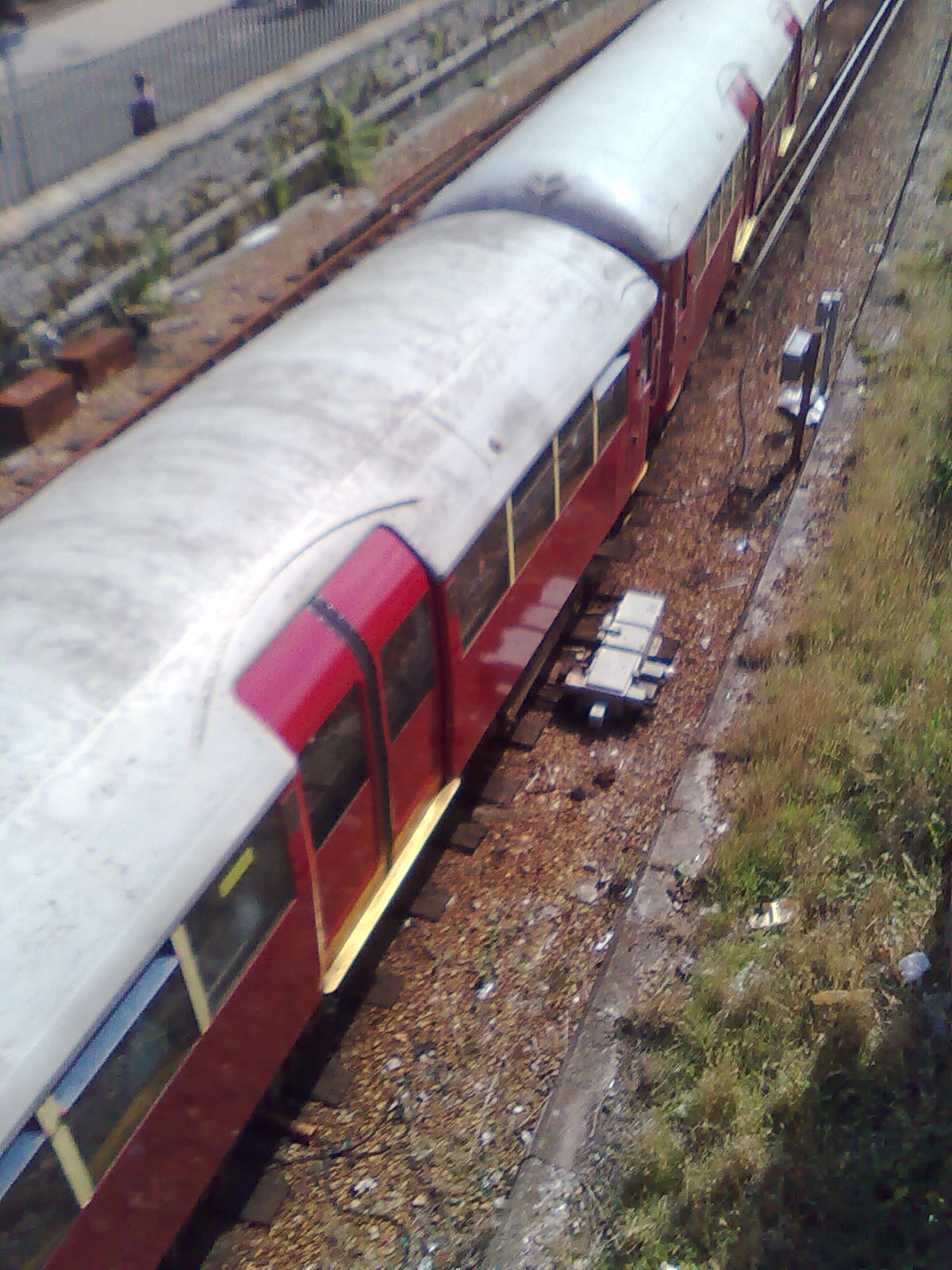

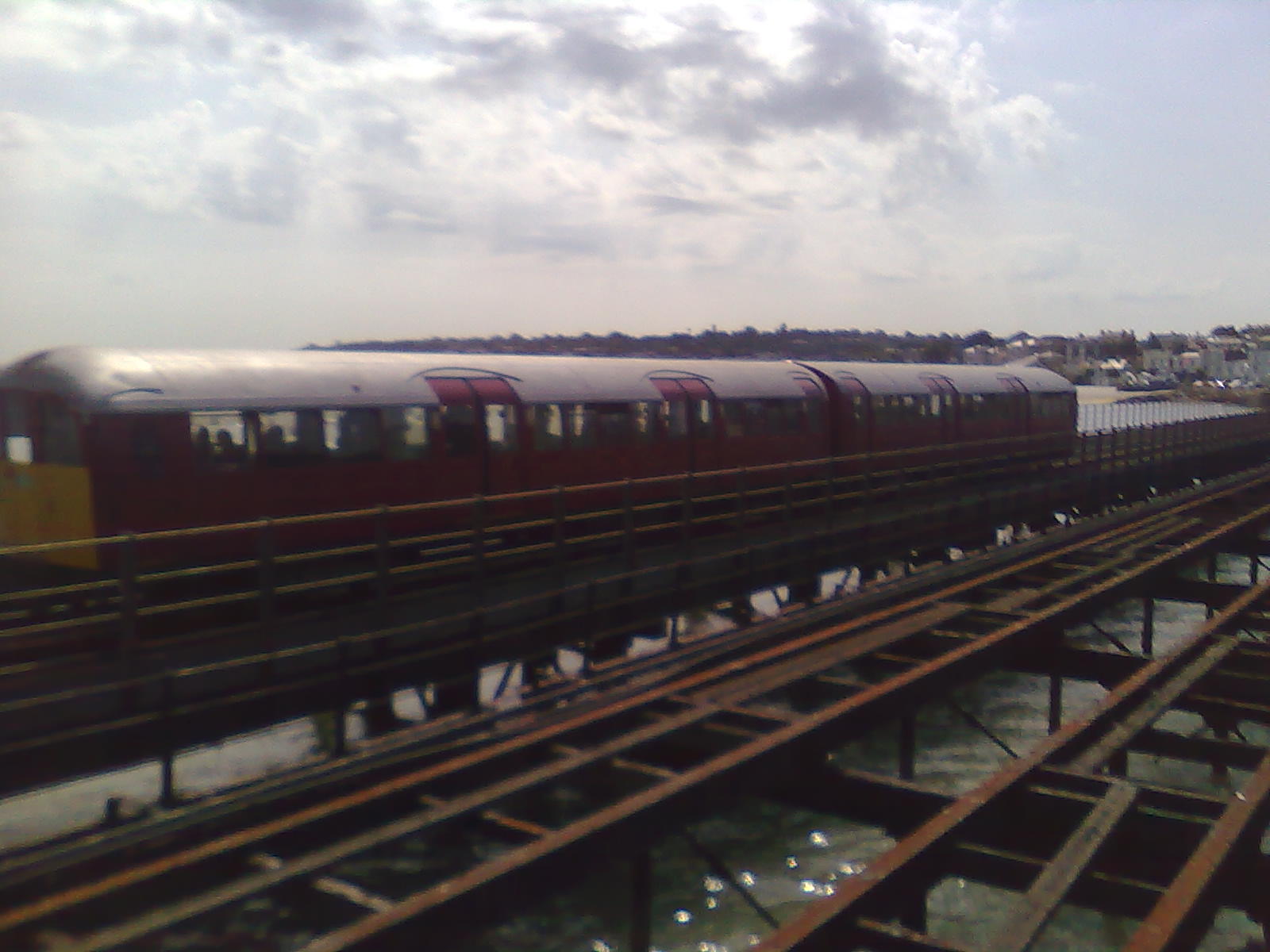
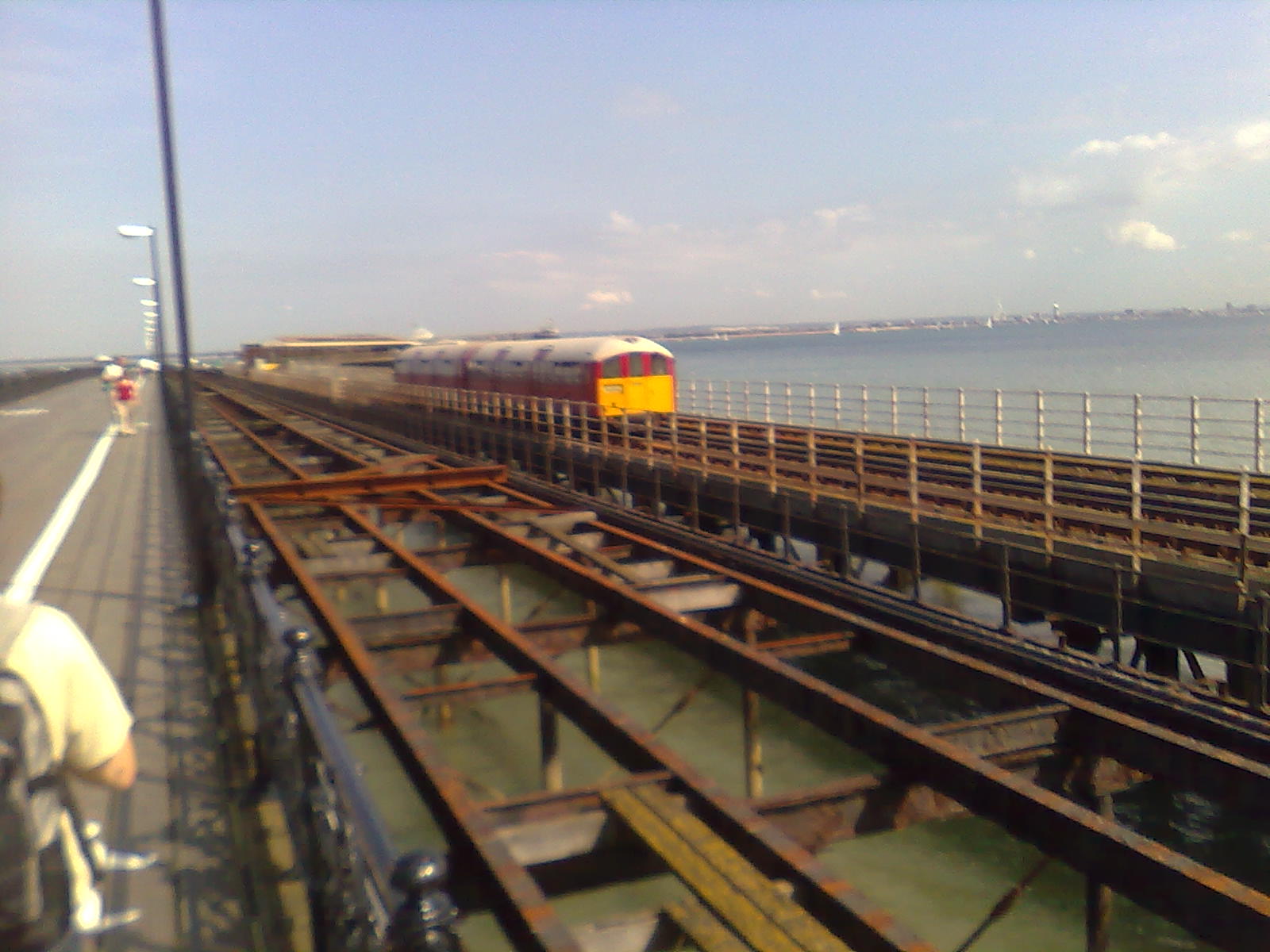
In keeping with tradition, these trains were replaced with yet more ex London Underground rolling stock.
High Speed Trains
Whilst I was in London I took a trip on High Speed 1, London’s only high speed rail line. Built to take Eurostar trains down to the Channel Tunnel, it also serves as a quick link between the north of central London and many towns in Kent.
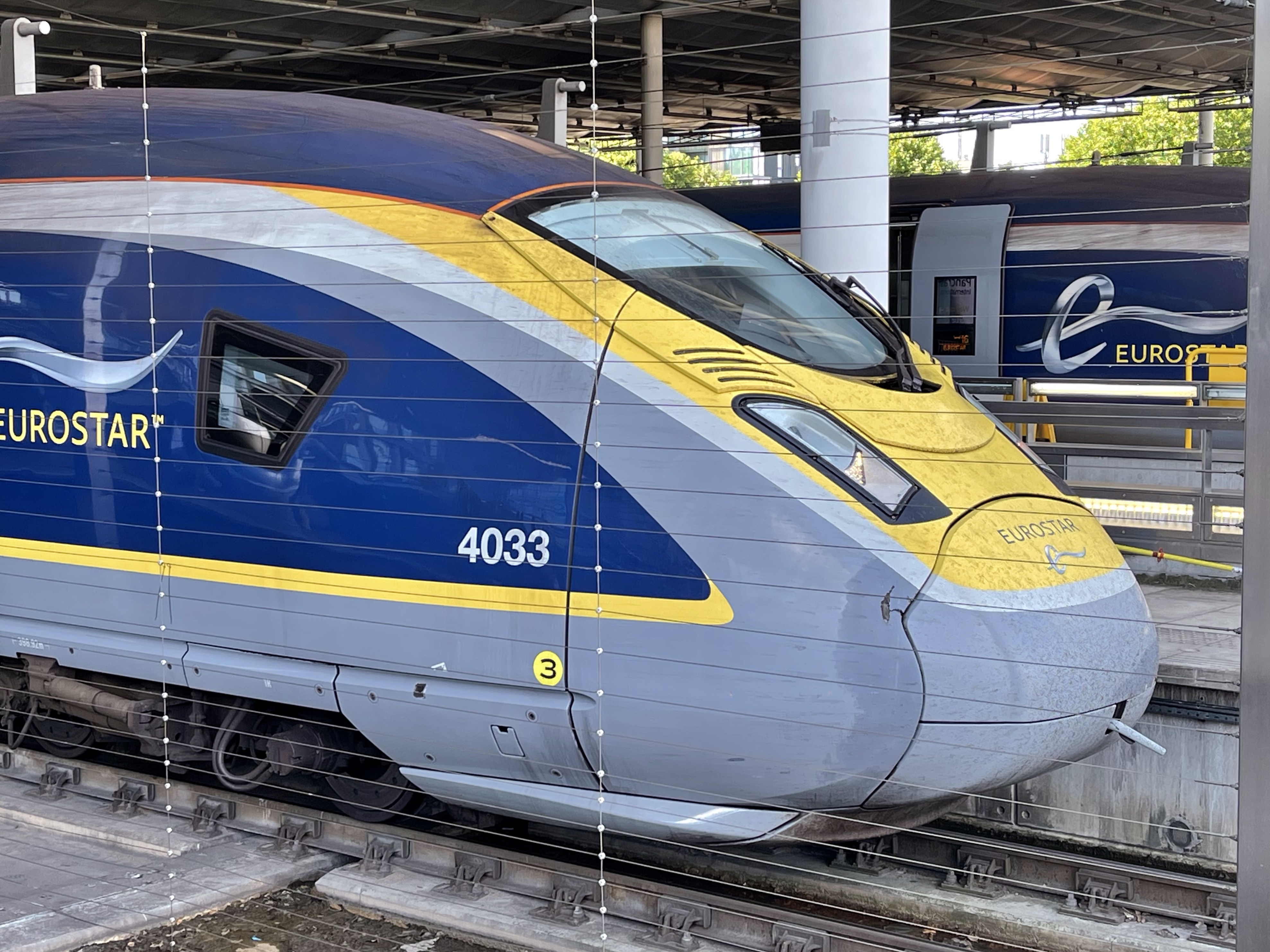

Routemaster Buses in Montreal
I mentioned earlier how the Routemaster had ended up all over the world after it was retired. Its most popular use seems to be as tour buses, and my current hometown of Montreal has a few of these going around.

I saw this Virgin Mobile branded bus at Montreal’s Osheaga music festival. Presumably they were using the iconic London bus to push the ‘Britishness’ of Richard Branson’s mobile brand.
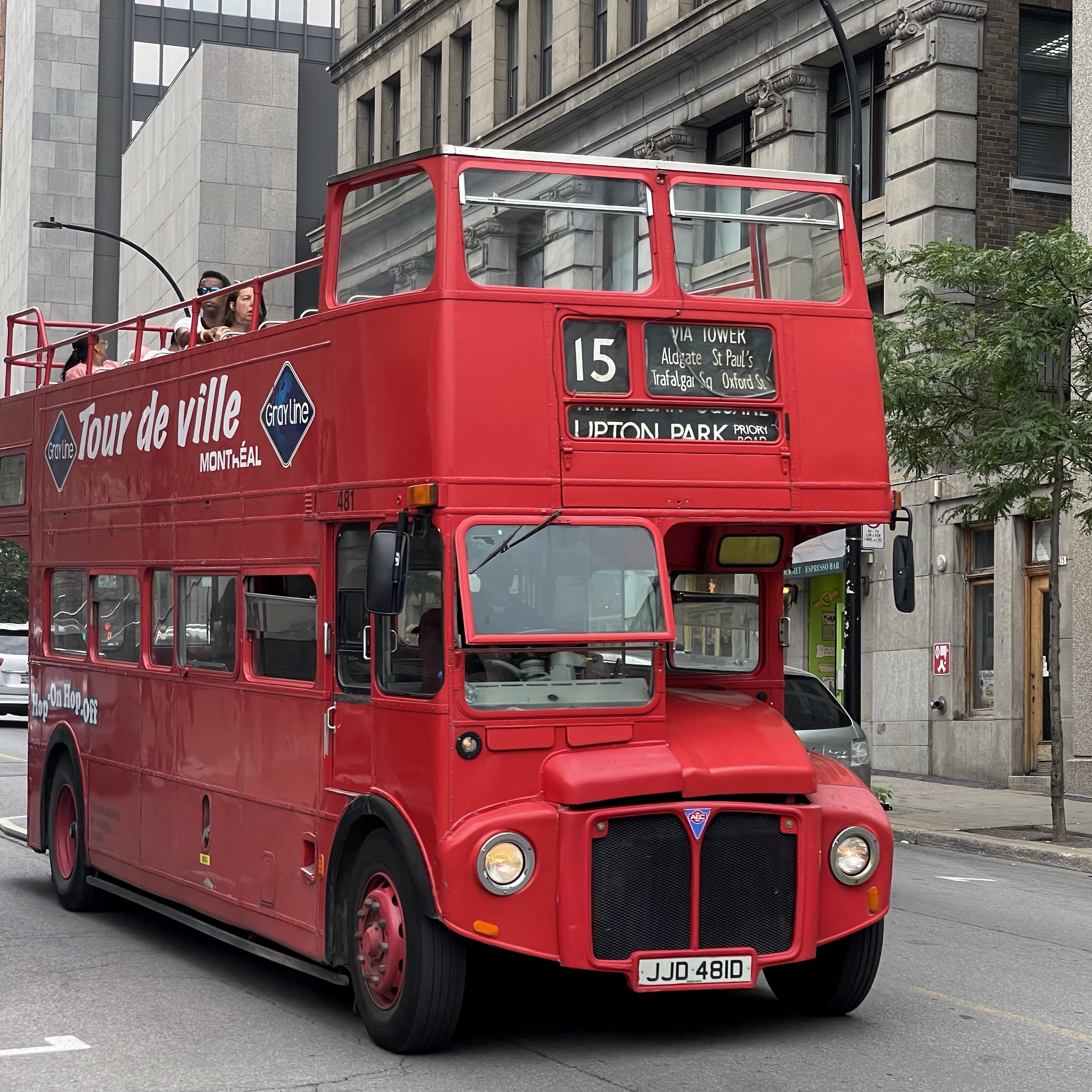
More unexpected was to see a Routemaster on the streets of Montreal looking mostly unaltered from its London days, aside from having its top chopped off!
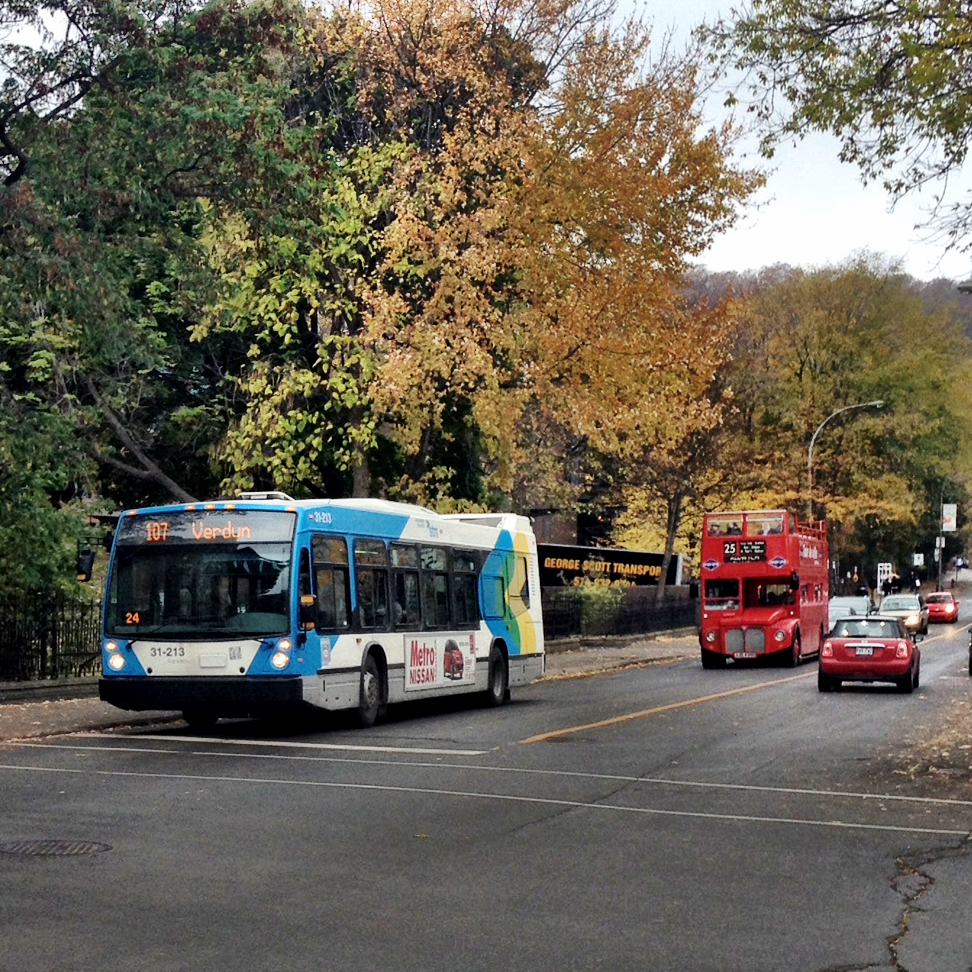
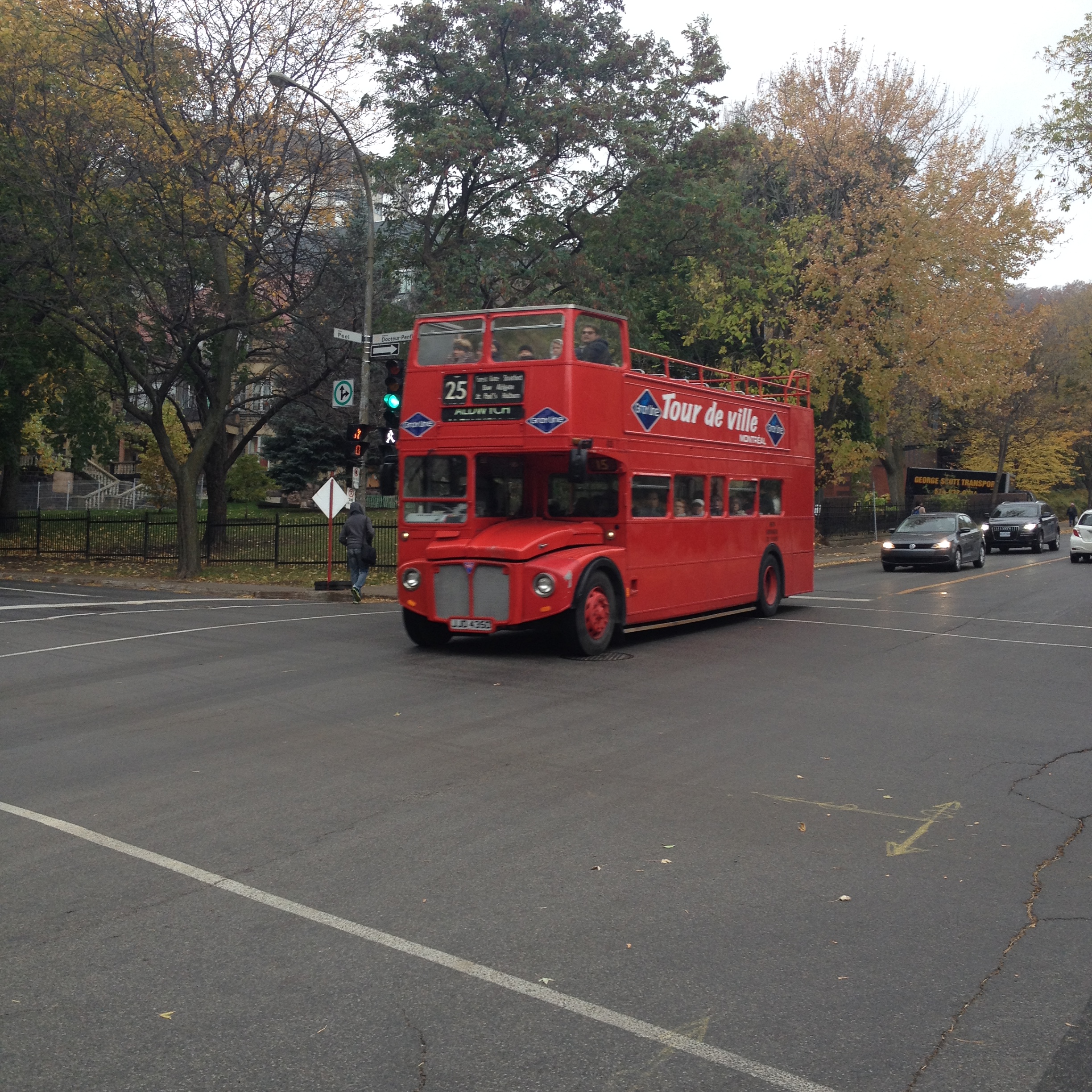
Even more unexpected was the intact destination blinds. I guess this bus’ last tour in service was from East London down to the most famous of disused London tube stations: Aldwych!